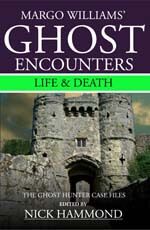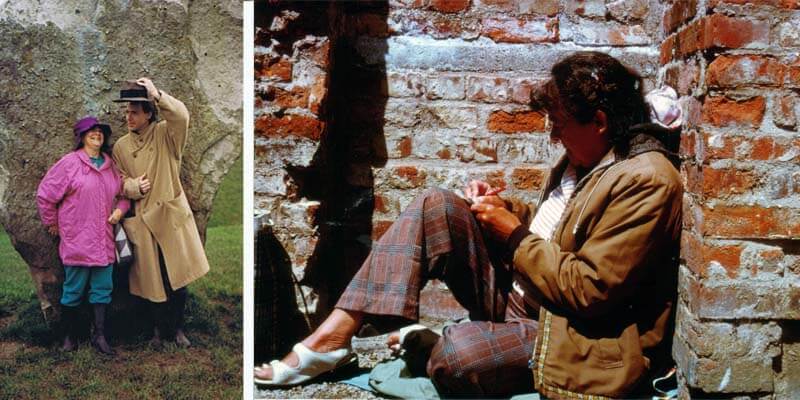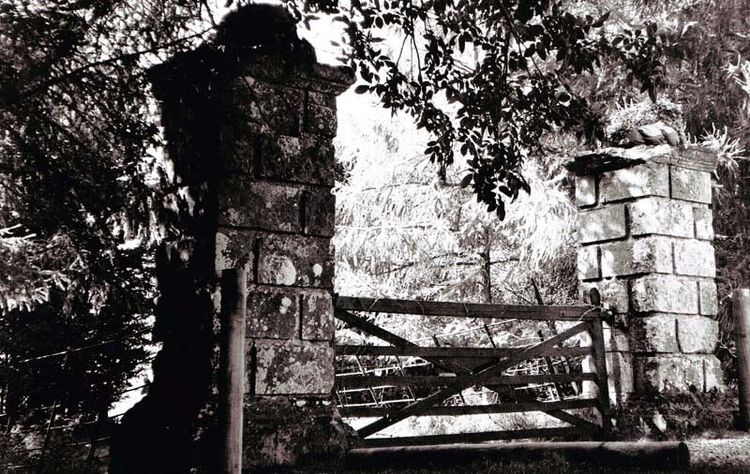Carisbrooke Castle. Ghosts of the Isle of Wight, with Margo Williams.

The Ghost of the Battlements
A GHOST is often seen roaming the battlements of Carisbrooke Castle. Some village residents believe it to be the sad lost soul of doomed King Charles I who was imprisoned here for a year from November 1647.
However, those who have seen the ghost up close say it seems to be from an earlier period than the 17th century.
For many years people have tried to identify the ghost of the battlements, and to which period of this castle’s long history it belongs.
Some say it is one of the great Norman lords, the de Redvers family, who built this castle and from which they ruled the island until the last daughter, Isabella de Fortibus on her de.th-bed, signed away possession to King Edward I, ‘Longshanks’.
Others say it is the ghost of sharp-eyed marksman Peter de Heyno, tirelessly manning the ramparts with his bow; the archer whose good aim resulted in the death of the commander of a French invasion army.
I first saw the ghost of the battlements as a lone misty figure high up above where I stood near the castle gate. I sensed he wanted me to climb the inner steps up to the top, but I am glad I did not, for there was something distinctly unsettling about his presence.
Perhaps the long years of haunting had turned his mind. Or perhaps he was disturbed of mind long before he ever became a ghost of Carisbrooke Castle.
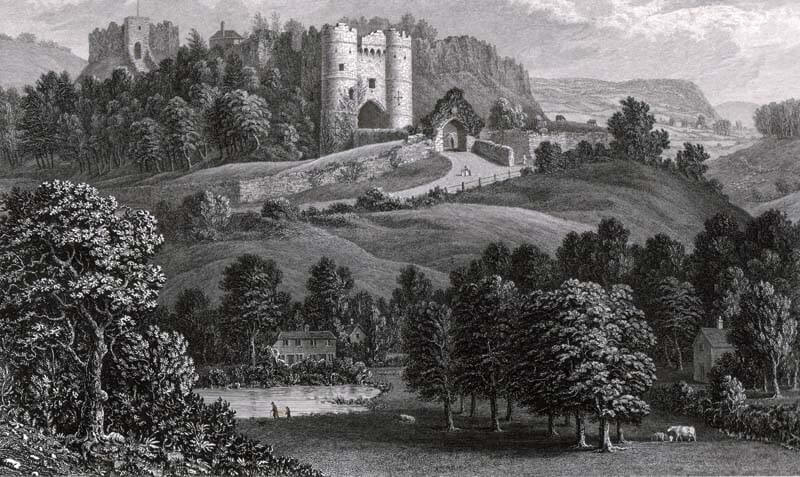
Castle Under Siege
I saw him on the battlements walkway near the old arrow loop that bears de Heyno’s name; and it may be that the ghost dates to this period, although he did not confirm his residency, alive, in the year 1377 when the French force came to Carisbrooke.
The French troops landed at Yarmouth, set fire to the town then advanced eastward, destroying Newtown on their way inland.
Constable of the castle, Sir Hugh Tyrell, watched from the battlements as the force made camp at safe shouting distance from the castle gate; a mass of flags, swords, tents and fires.
They numbered too many to go out and fight, so Sir Hugh and his men checked their provisions, planned for a siege situation and waved two fingers at the enemy; so every Frenchman knew what that meant - damned English archers.
For days thereafter the enemy wandered around the walls staring up and taunting Sir Hugh to stop hiding; and sneering all sorts of other unpleasant innuendo.
Days passed and the French took to amusing themselves as best they could; and unfortunately fell into daily habits, including the commander who after breakfast each morning, and supper each evening came close to taunt the defenders with his estimation of English valour and of how Crecy and Poitiers were lucky outcomes won by the bastard sons of lousy English whores.
And each morning and each evening the same chorused gesture greeted him from the battlements.
And so the French and English fell into uncomfortable custom; until one evening the commander, through boredom, dined more fulsomely than was wise, and bent to relieve himself several metres closer to the west wall than was safe. And so from his loophole, keen-eyed archer Peter de Heyno struck lucky.
The French camp upped-sticks and backed well beyond dangerous range and then sent word to Sir Hugh they would not leave unless they were paid 1000 marks for the death of their leader.
Brave Sir William Solved the Problem
Sir William de Montacute, who commanded the defence of the south coast, was informed and agreed to their demand, though it was the islanders who paid for it in extra taxes; and also helped pay for a makeover for the old Gothic castle when gifted to Sir William as his reward.
That celebrated loophole is still to be found in the castle walls, and was of particular fond remembrance when some ten years or so later, Sir William himself came to Carisbrooke, appointed Lord of the Isle of Wight.
Given the castle ‘free of rent’, he ordered the constable’s quarters removed and built within these walls a residence fit for a king; and so it proved to be.
In no way do I presume the ghost of the battlements was the ghost of Sir William de Montacute, whose family’s bravery in the service of the crown earned great reward and commendation.
Doubtless during this castle’s long history many strong men named William walked its battlements, feasted in its hall and cruelly abused household servants.
Murdering Englishmen was not exclusively a French pastime.
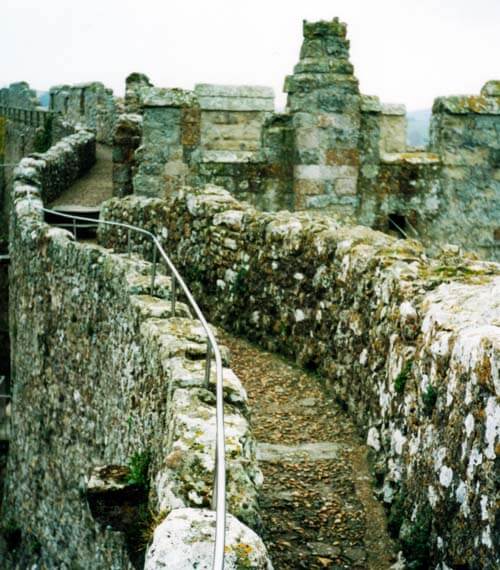
A Ghost of Carisbrooke Castle Battlements
Nor were Frenchmen the only target for the English. Sometimes it was just a matter of being in the wrong place at the wrong time, with the wrong information; regardless of whose side you were supposed to be on.
As the ghost of the battlements explained to me:
“... I, William, tried to draw thee up upon the walls where many walk, yet thinkest of nothing but their pleasure,” he growled. “Why wouldst thee not climb those steps? Yet it seemest thou can free me from mine eternal roaming round and round these walls.
A ghostly figure of what was once a strong man who also thought of pleasure - the pleasure of k.lling a servant who displeaseth me, and knew too much of how I cheated those who put their trust in me. Servant he may be, but he had friends who would taketh their revenge.
A dark moonless night. He leaned over the wall. I followed silently, a quick push and his life was over. I was safe, no one to betray me. A sad accident ‘twas said."
The ghost paused thoughtful on that success and the consequence that followed.
"I then liveth a happy life with ne’er a thought for this cruel deed. Yet this sin was not forgotten. I did not reach the light that awaits us at our de.th. I was back where this perfidious task took place.
Have had to bide my time, yet can now confess and travel on to Heaven or Hell. But thanks be, away from the castle walls.”
Without a surname we can only wonder over his identity, for he gave no indication of whether he was a resident or guest.
By his language I think he predated the most infamous period in Carisbrooke’s history, when the castle became notorious not for whom it kept out, but the king it kept in.
Why Ghosts Speak to Me
Although psychic from childhood, I was unaware of any talent for hearing ghosts until my middle years, and when it happened it came as quite a surprise for my scientist husband Walter and me.
Initially I did not go into haunted buildings to find ghosts; they came to me in my own home. Indeed this is how my work started, as I have related in the accompanying book Heaven & Hell.
Briefly to recap: while I was working in the kitchen, a woman spoke to me and then over several days told me in verse the story of her life, of how she had lived in a Devon country town near the sea, and died at an early age.
She was the first but not the last. In fact when one had finished another came to speak. When I told my husband of these incidents he was sceptical; an analytical chemist he reasoned that this was some strange side-effect of the menopause through which I was passing and it would disappear.
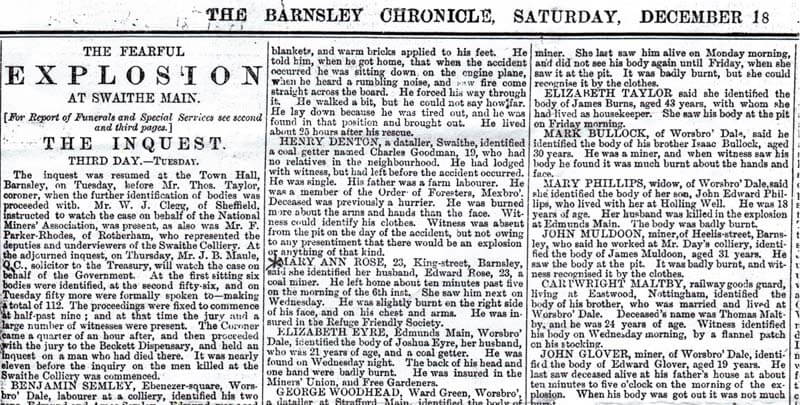
But these people who came to talk to me told me all sorts of things about themselves, names and dates, and details of their lives.
So Walter decided to prove they were hallucination; he contacted historians and newspapers and archive departments in the towns where these people claimed to have lived and died.
But the historians and archivists wrote in reply confirming what the ghosts had said to me. They really had been alive, and what they told me was true.
After several years of such communications Walter presented his findings to fellow scientists at a conference in London whose conclusion was that this was good evidence to support the case that our personality does survive the death of the body.
When word of all this became public, friends and local people suggested that I make use of this ability and invited my husband and me to accompany them on visits into haunted buildings to see if anything happened.
When ghosts led us into fields, country paths and woodland, we found their hidden or lost objects. However, not every ghost leads to a ‘find’ as I call it.
Most, like the ghost of the castle battlements, just want to off-load their skeleton-shaped guilty secrets.
Thank you for your company on this short tour of Isle of Wight mysteries and haunting. If you would like to know more about Margo Williams' investigations in Carisbrooke Castle and other life and death matters, read this book. Now available from Amazon.
